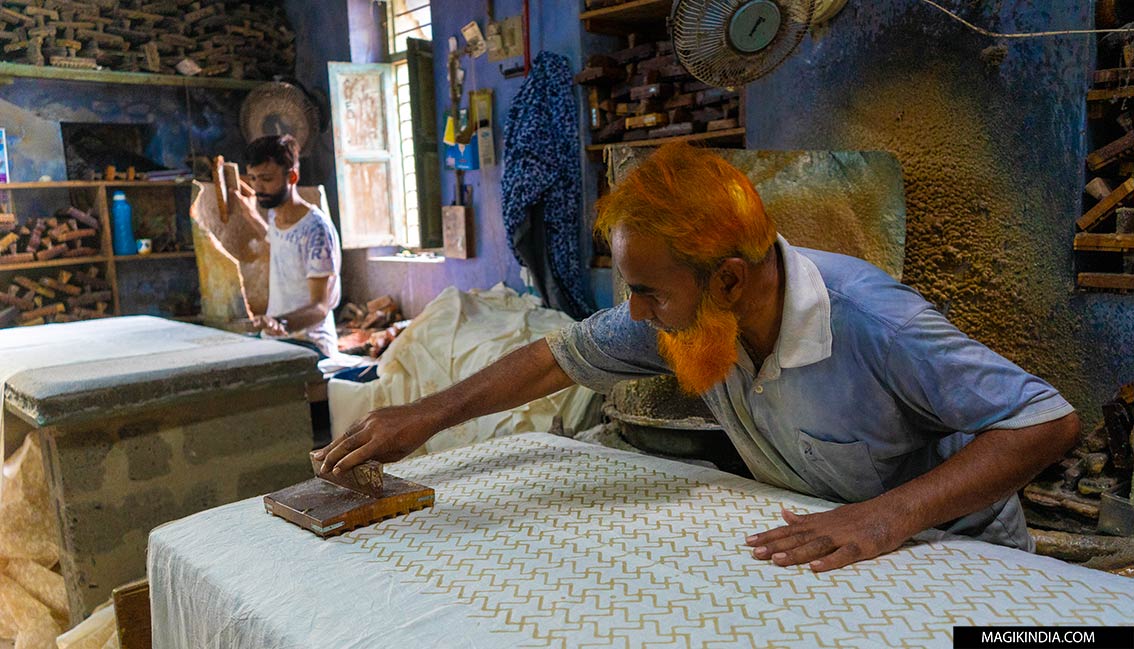
Batik is among the most vibrant textile arts of Kutch, alongside ajrakh, bandhani, and the distinctive embroideries of the Ahir, Rabari, and Mutva communities. This art, woven into the very fabric of Kutch’s land, is a profound mirror of its history and the ancient trade routes that have shaped its identity.
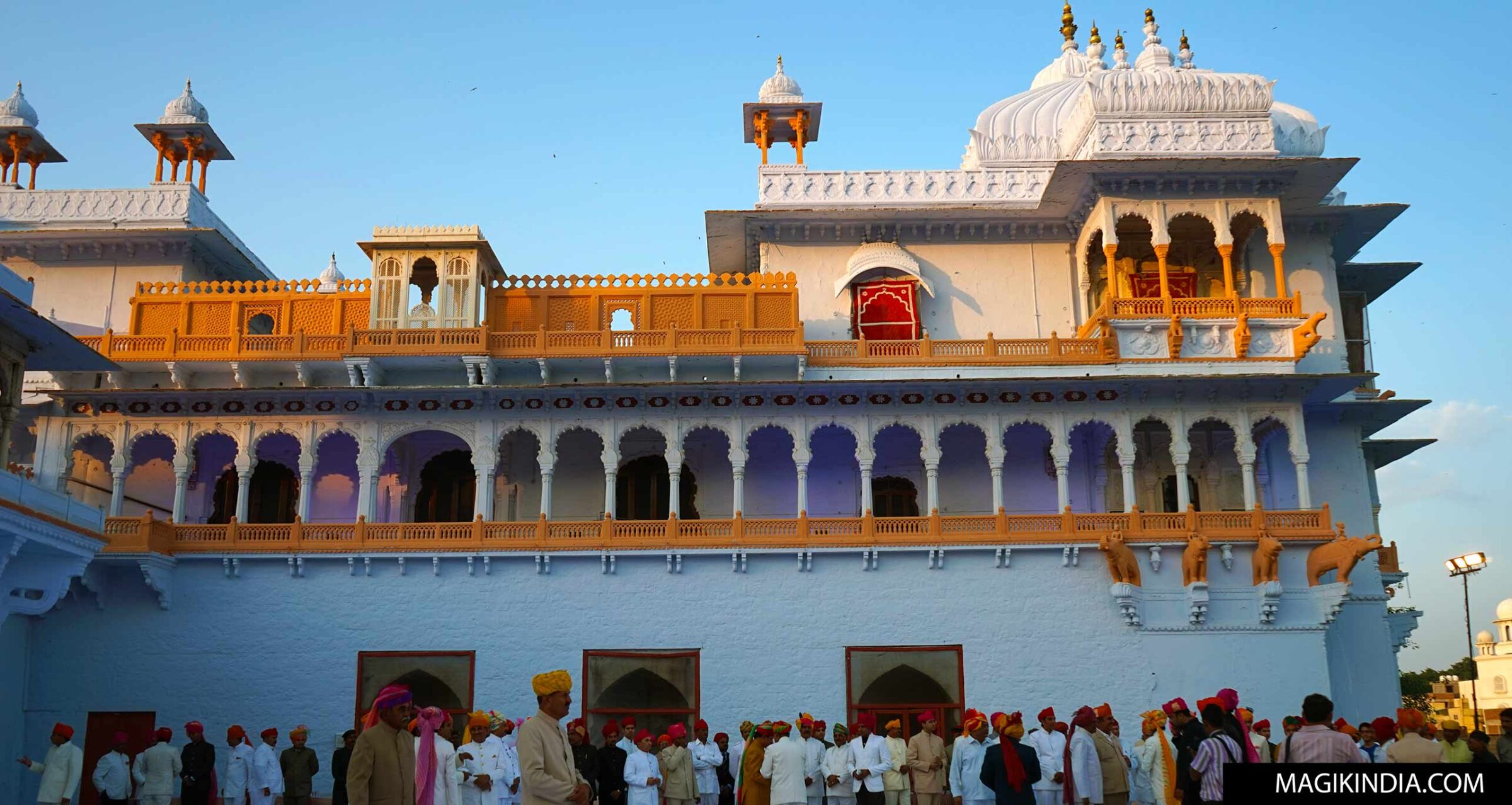
Often overshadowed by its neighbors in Rajasthan, the city of Kotah, south of Bundi, nevertheless conceals unsuspected treasures. Its palace, perched on a rocky promontory, houses beautiful frescoes, but it is during the Dussehra festival that the city reveals its full magic. Kotah transforms into a kaleidoscope of colors, music, and religious fervor, offering a vibrant and unforgettable cultural experience to those who venture there.

Delwara is a town nestled in the heart of the Aravalli Mountains, barely thirty kilometers from Udaipur, the romantic city of lakes of Rajasthan. While Delwara is surprisingly little known, it was once a major spiritual center and a renowned place of learning for the future rulers of Mewar; its thousands of Hindu temples and hundreds of Jain derasars earned it the name “city of gods”.
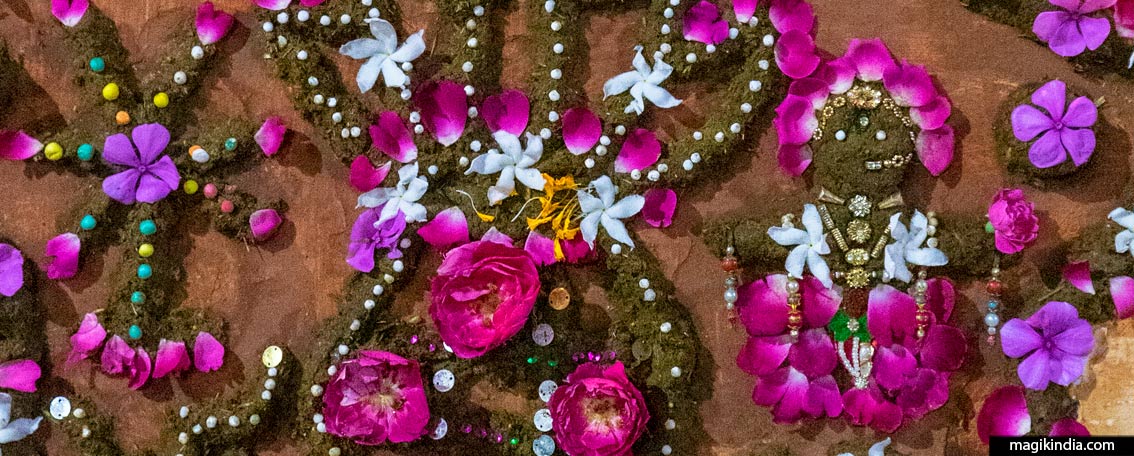
Sandhya is a form of traditional mural art that originated in the region of Braj (Uttar Pradesh). From there it spread to many other regions, especially Rajasthan, Madhya Pradesh and Punjab. Coinciding with the annual worship of the ancestors, the Sandhya is part of the “Bhakti” movement: it is a means of expressing one’s adoration for the divine and, more precisely, for the Hindu divinity Krishna. If this tradition was once very common, there are only a few places where it is still practiced. A few families in Udaipur in Rajasthan still perpetuate it.
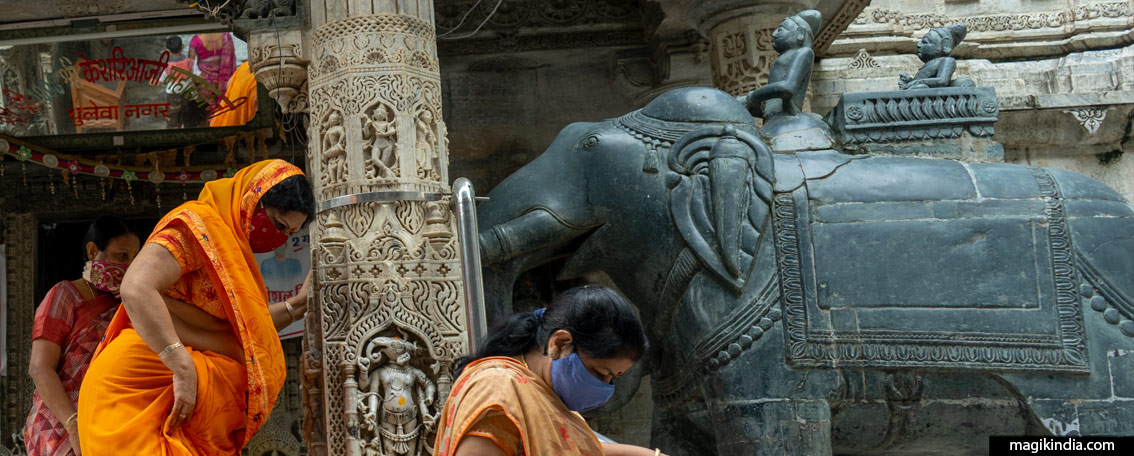
The Jain temple of Rishabhdev also called Kesariyaji or Rishabdeo, located 60 km south of Udaipur, is one of the four great “Teerth” (pilgrimages) of the Mewar region in Rajasthan. The other three being: Shrinathji, Shri Eklingji and Shri Charbhujaji. However, unlike the latter, Rishabhdev is not only revered by Jains, but also by Hindus and Bhils, the majority indigenous people of the region. This particularity, which was once the subject of discord between the different communities, contributes to the very special atmosphere of this place.
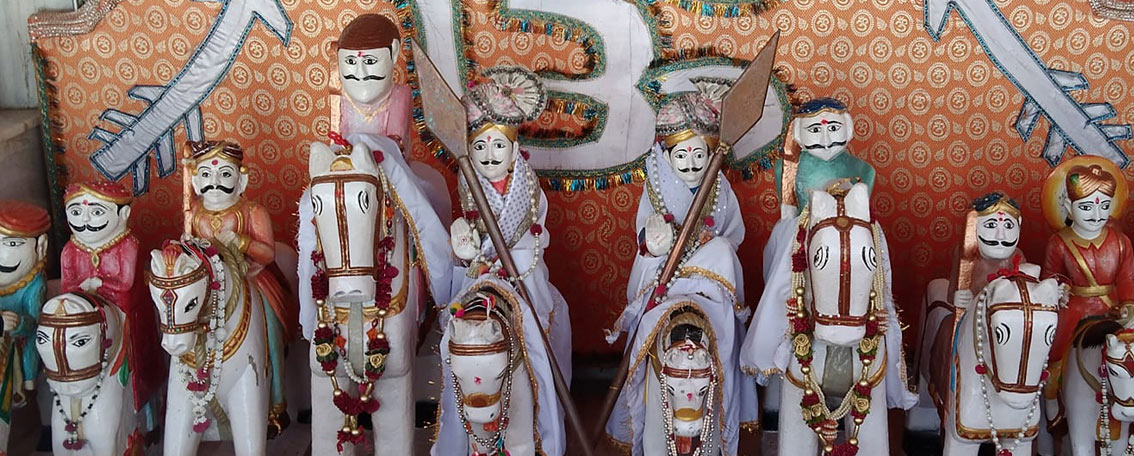
Apart from the “Rann“, the great salt desert, the district of Kutch, in the northwest of Gujarat, has many other little treasures, which are worth a visit to the region alone. For this article, I have selected eight historic temples, still little known to travellers, which once again bear witness to the richness and cultural diversity of this corner of India.

Kutch (Kachchh), is an amazing district located in the northwest of the state of Gujarat. The proximity to Sindh and the region’s ideal location on a navigable stretch of the Arabian Sea have made the district of Kutch the hub of cultural exchange which is reflected in its motley population. There are about fifty different ethnic groups in Kutch, without counting the many subdivisions, which is to say that it is impossible to mention them all in this article, so my choice fell on the most emblematic people of the region, namely Meghwals, Jats, Ahirs and Rabaris.
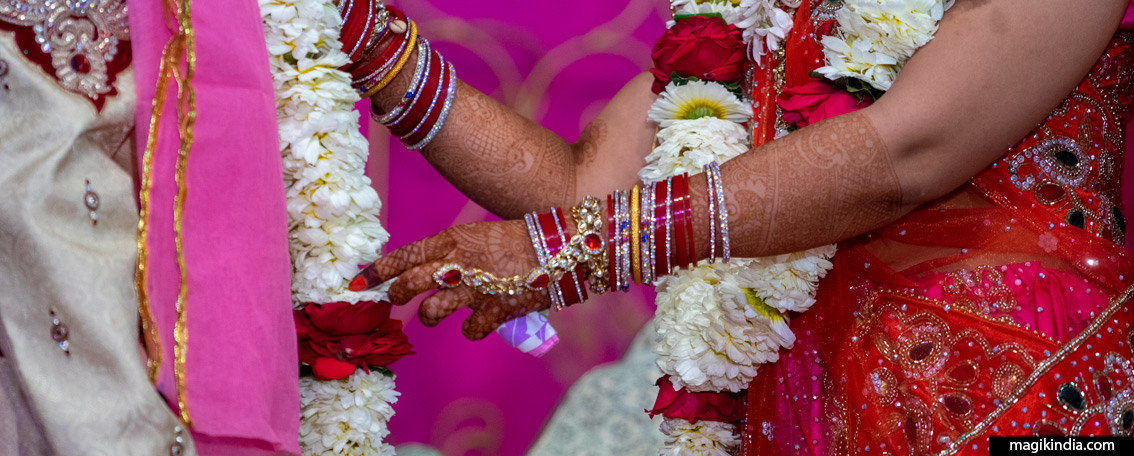
India celebrates more than 10 million weddings each year, which means that the wedding industry is doing well in the country of Gandhi ; with an annual turnover of 50 billion euros per year, it is the most largest marriage market after the United States (70 billion). No need to say that marriage is the most important ceremony in the lives of Indians. It varies from region to region and includes a myriad of highly codified rituals. In this article, I will stick to the Hindu marriage celebrated in Rajasthan and more particularly to that of the region of Mewar (Udaipur), where I live.

The author of the slogan “Incredible India!” have been well-inspired. The slogan indeed applies to all aspects of Indian culture and Hindu temples are no exception. Some of these sanctuaries are known for the incredible technicality of their construction – Madurai, Ellora or Tanjore – to name but a few, others for their unusual cults imbued with legends and popular beliefs.

On 17th March 1959, Tenzin Gyatso, the current Dalai Lama fled Tibet following the Chinese invasion and took refuge in Dharamshala, Himachal Pradesh, where he established the Tibetan government in exile. McLeod Ganj or ‘Upper Dharamshala’ located 10km above Dharamshala became the official residence of the Dalai Lama and the haven of thousands of Tibetans. Over the years, McLeod Ganj turned into one of the most attractive mountain resorts in India not only for its Buddhist culture but also for its relaxed ambience and the beauty of its mountainous landscapes.
